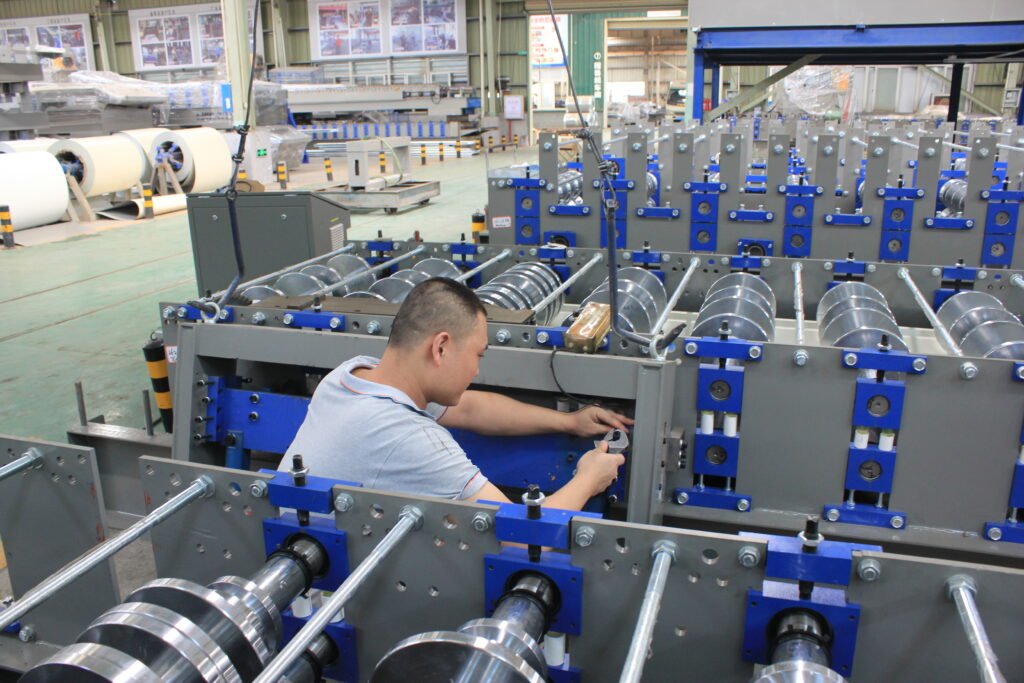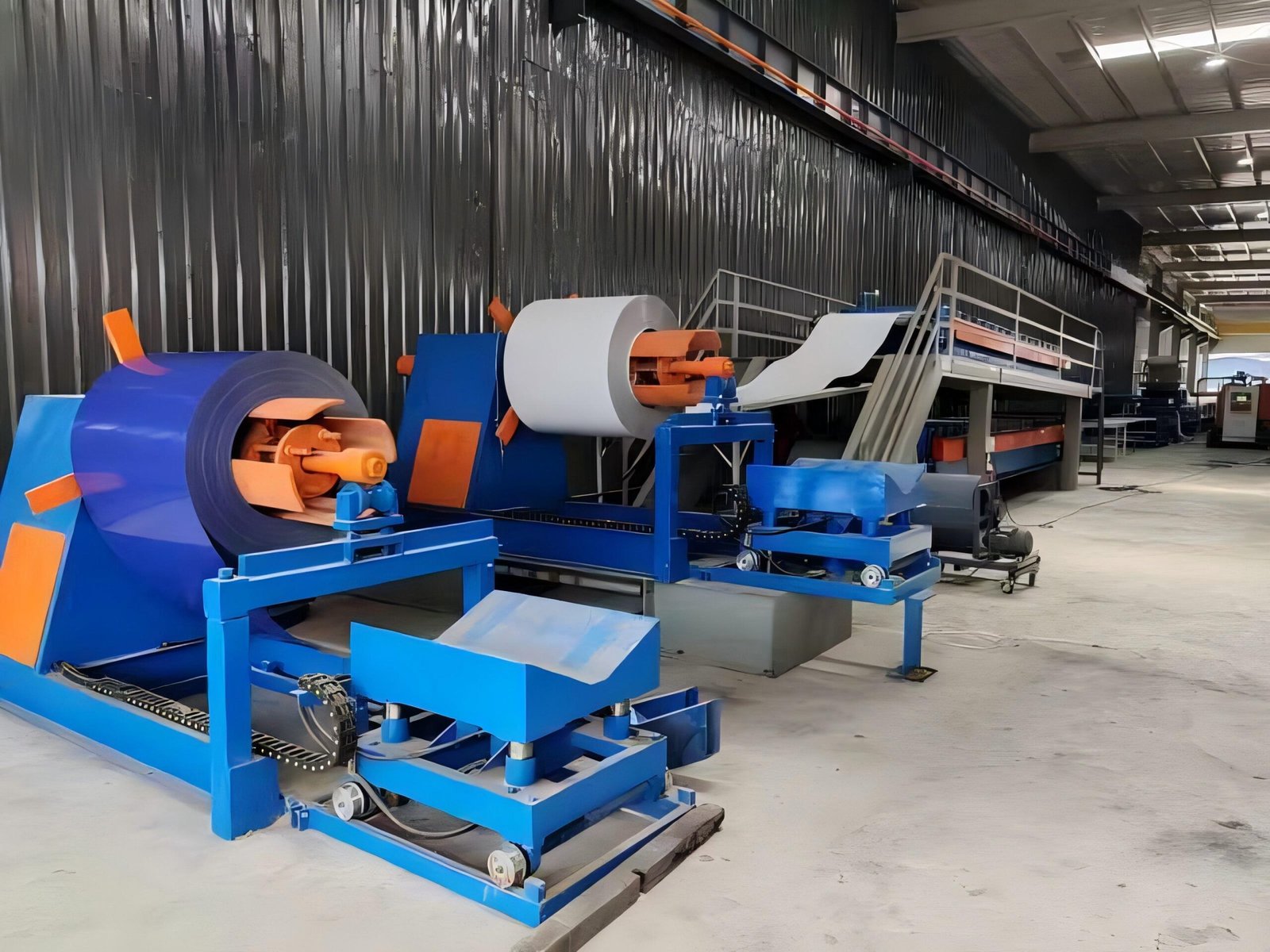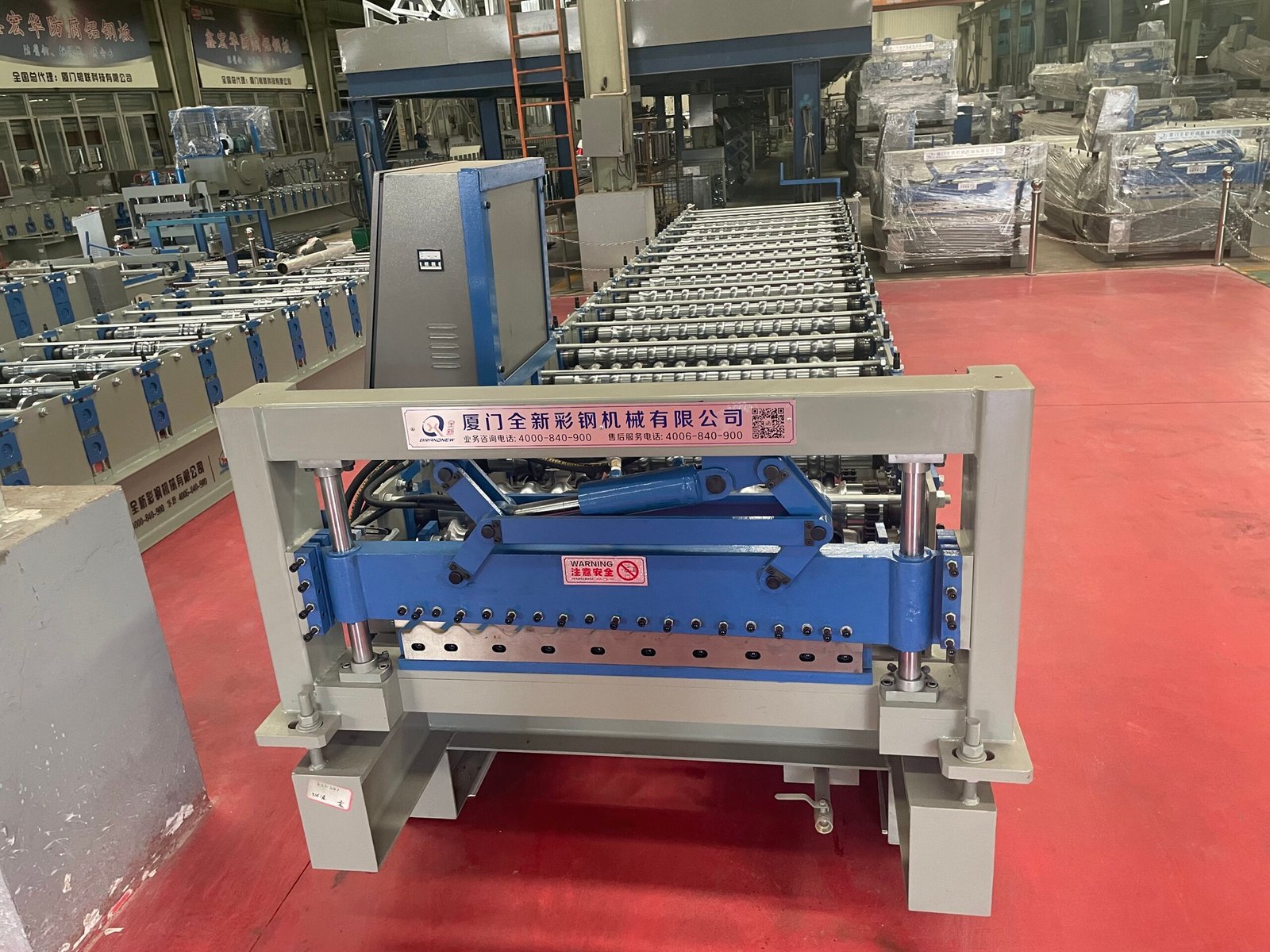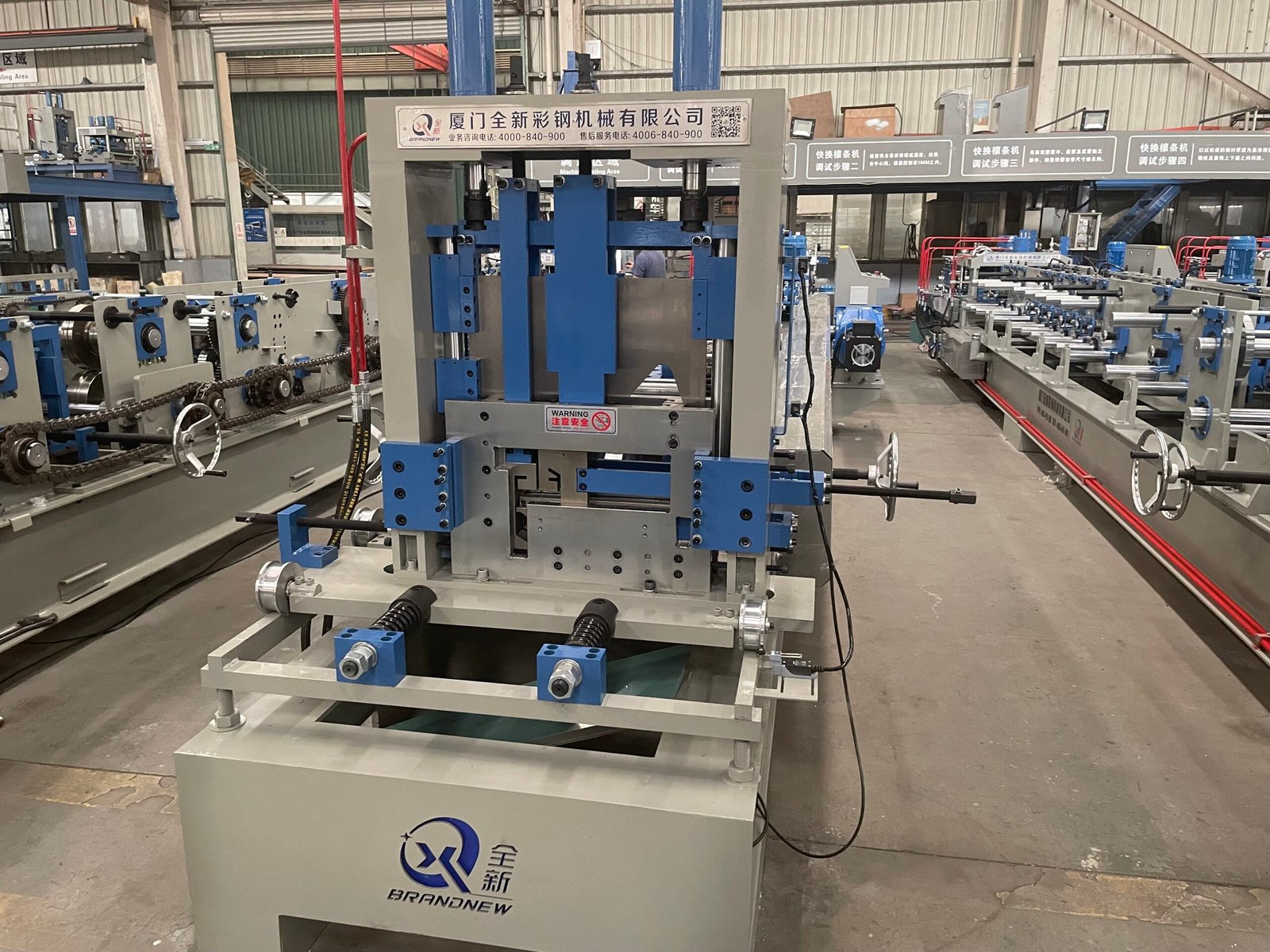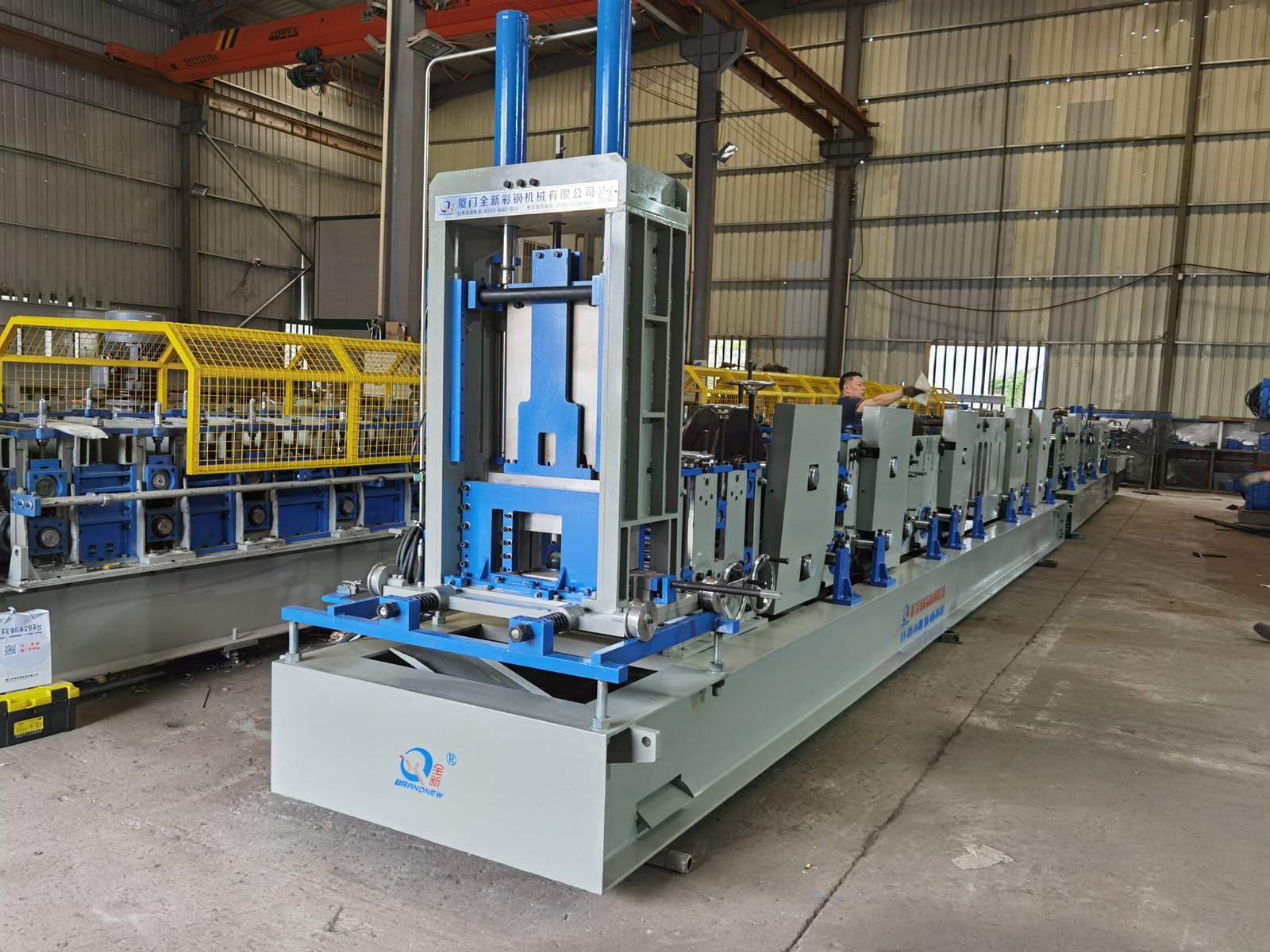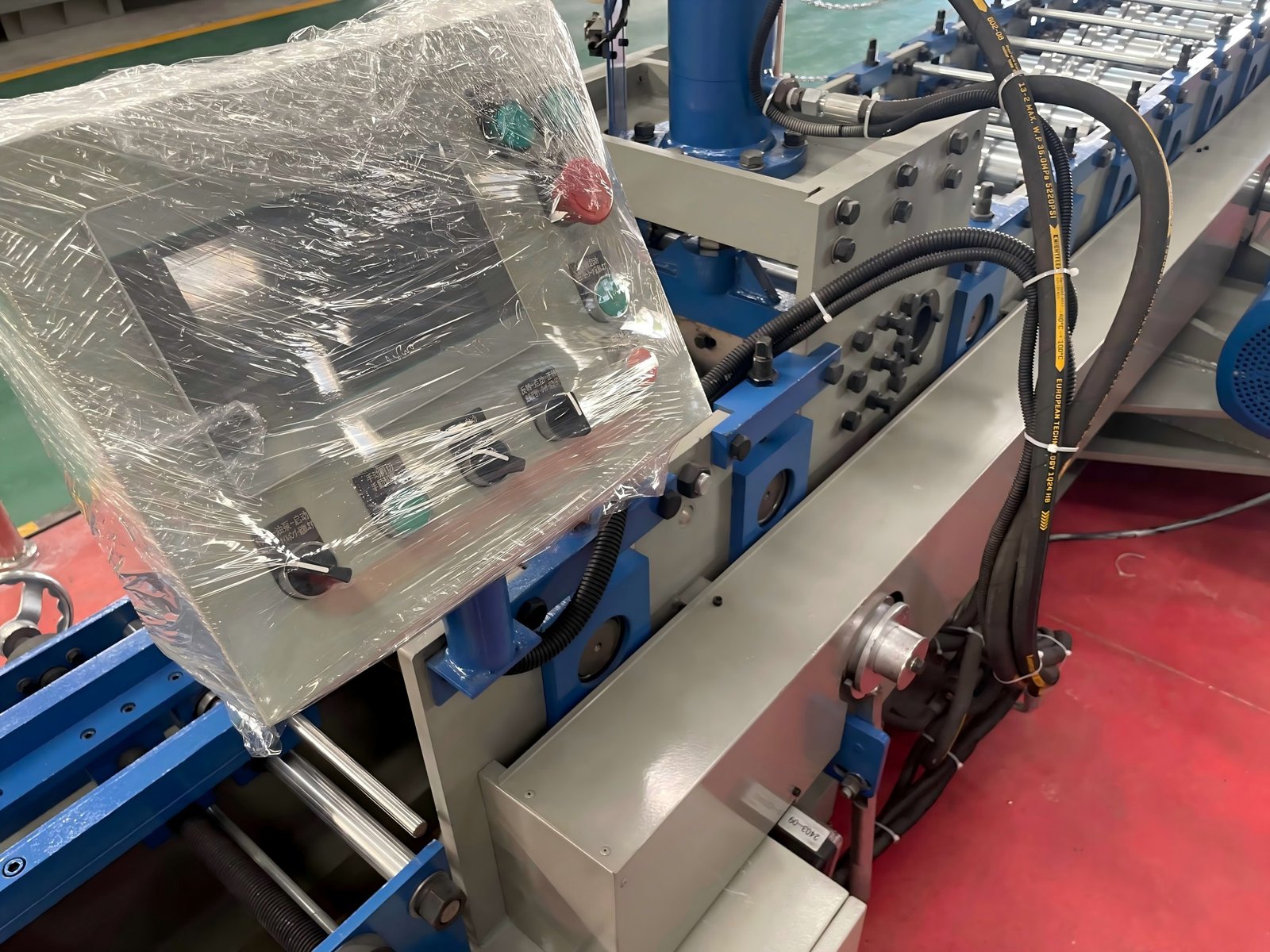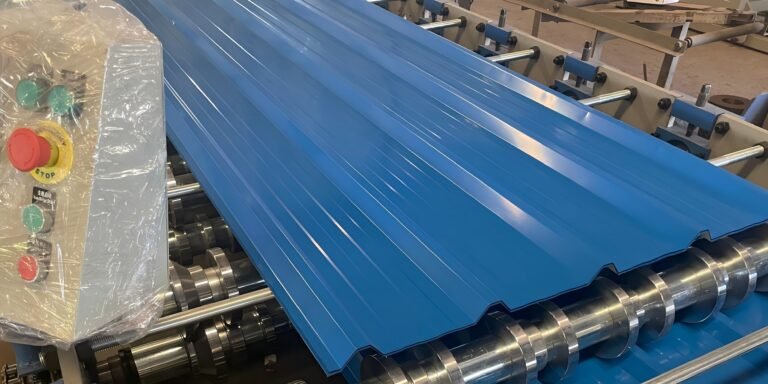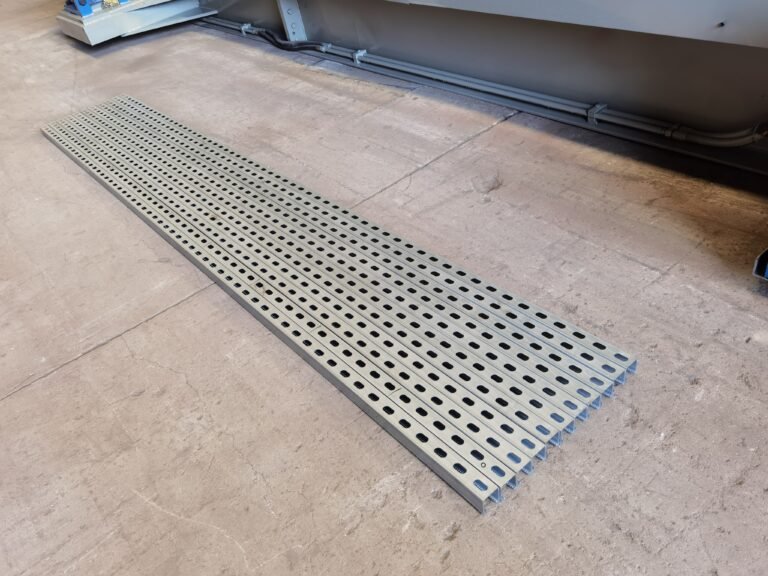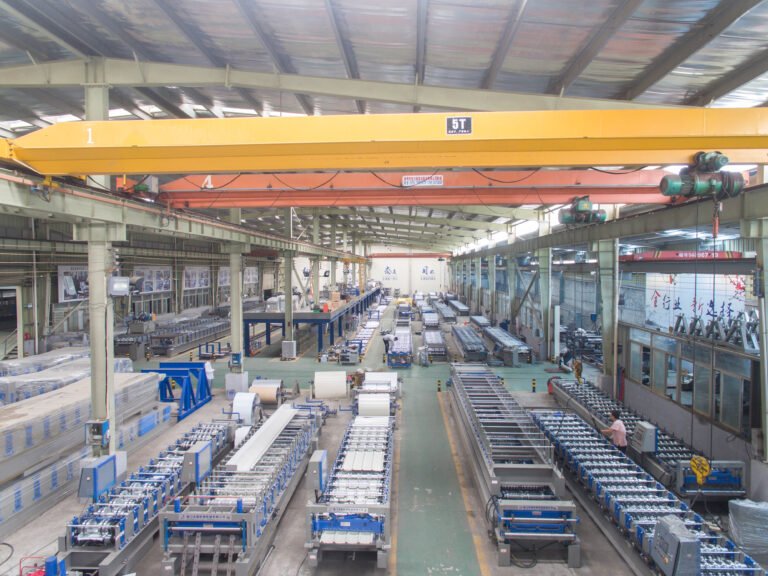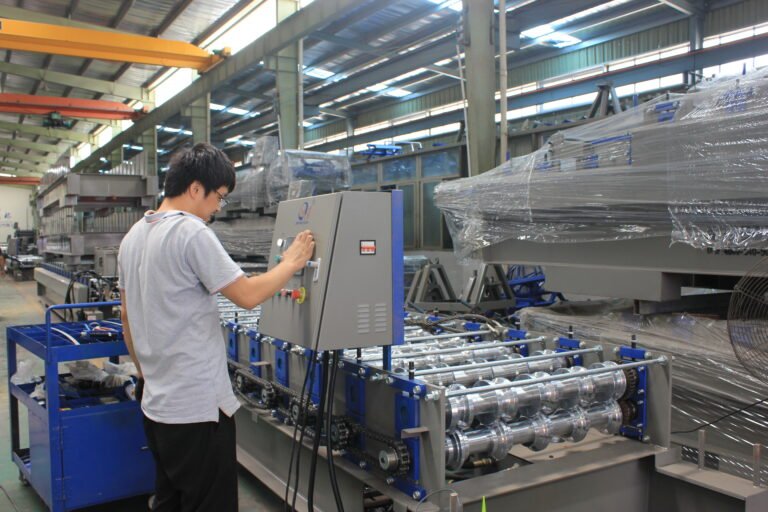Which country first developed the roll forming machine?
1.Which country first developed the roll forming machine?
The story of the roll forming machine is one of industrial ingenuity, shaped by the collaborative efforts of nations across centuries. While its exact origins remain debated, tracing its development reveals how global innovation transformed metalworking into a cornerstone of modern manufacturing.Beenew Machinery is one of the earliest factories to enter the roll forming machine manufacturing industry in China,we produce roll forming machines for various industries.
2.From Ancient Craft to Industrial Necessity
Long before the term “roll forming” existed, the principles of shaping metal through incremental deformation were already at work. Ancient blacksmiths hammered bronze and iron into tools and weapons, mastering the art of controlled bending. These rudimentary techniques, though manual, planted the seeds for systematic metal deformation.
The Industrial Revolution of the 18th and 19th centuries created a huge demand for metal parts.Factories needed rails for railways, pipes for infrastructure, and beams for construction. Early rolling mills emerged during this period, using pairs of rollers to flatten or shape hot metal. While primitive compared to modern machines, these devices marked the first steps toward mechanized forming.
The 19th Century: Pioneering Nations and Technological Leaps
Britain’s Railway Revolution
As the birthplace of the Industrial Revolution, Britain became an early hub for metalworking innovation. The rapid expansion of railways in the mid-1800s demanded vast quantities of uniform rails. British engineers responded with “roll trains”—multi-stage rolling mills that shaped red-hot metal into long, continuous profiles. Though manually operated and lacking precision, these systems embodied the core concept of gradual deformation that defines roll forming today.
3.Standardization and Global Expansion
The United States revolutionized roll forming in the early 1900s by integrating it into assembly-line manufacturing. Henry Ford’s automotive empire required high volumes of standardized parts, prompting engineers to develop continuous roll forming machines. A key innovation was the multi-stage forming stand, which used sequential rollers to bend metal sheets into intricate profiles like car door frames. By the 1920s, U.S. patents for roll forming systems surged, cementing its role in industrial production.
After World War II, Japan’s automotive boom drove demand for lightweight, high-strength components. Companies like Toyota collaborated with machinery makers to create CNC-controlled roll formers, enabling precise customization of parts such as exhaust pipes. In Europe, Sweden focused on energy-efficient designs, pioneering hydraulic adjustment systems for real-time corrections during production. Meanwhile, Italy specialized in artisanal machines for luxury furniture and architectural metalwork, proving the technology’s versatility.
4.Why No Single Nation Claims the Invention?
Innovations emerged piecemeal across nations—Britain’s early mills, Germany’s precision upgrades, America’s mass production—each building on prior breakthroughs.Lost Histories: Early industrial records, especially for utilitarian machinery, were rarely preserved. Many 19th-century designs exist only in fragmented patents or workshop notes.Evolving Terminology: Terms like “roll forming” gained clarity only in the mid-20th century. Earlier machines were described as “profile rollers” or “section benders,” muddying historical attribution.
Today, roll forming machines are a testament to cross-border collaboration.
Products from China and South Korea focus on cost and efficiency, while products from Germany and the United States focus on precision.
As industries prioritize sustainability, next-generation machines focus on energy efficiency and compatibility with advanced materials like carbon composites.
From ancient forges to smart factories, the roll forming machine’s journey mirrors humanity’s quest to shape the material world. Its origins may be diffuse, but its impact—enabling everything from skyscrapers to smartphones—is universally undeniable.
Today, roll forming technology is very mature, Beenew Machinery is already a leader in the roll forming machine industry, contact us to provide you with roll forming solutions.


